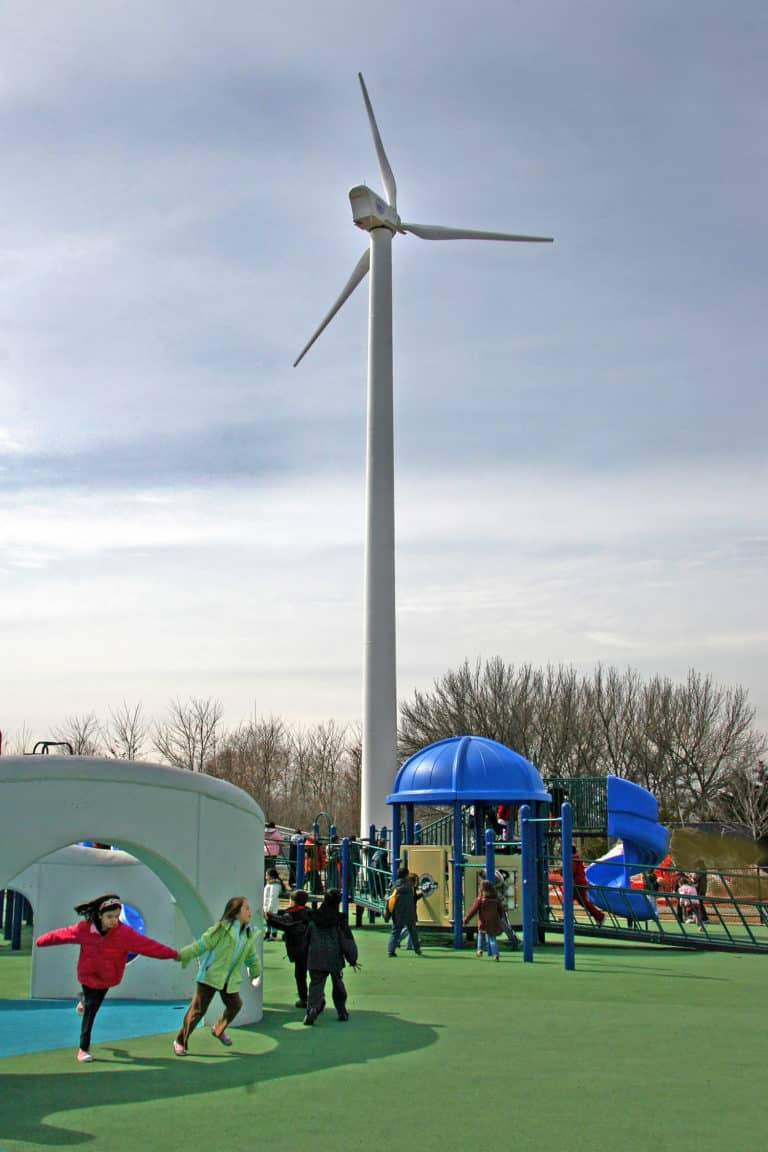
The current utility paradigm employs large centralized power plants using a lot of water in a few locations and large centralized water treatment plants using a lot of energy, also in a few locations. By inverting the model to include smaller, modular, and geographically-distributed facilities, we can spread out rather than concentrate the resource requirements.

Distributed energy systems include rooftop solar photovoltaic (PV) panels that generate power for a home or building on-site. These panels do not require cooling water to operate. Other distributed energy systems might include air-cooled microturbines operating on natural gas or propane. On-site natural gas fuel cell systems, which do not require much water, are another possible technology for providing reliable, resourceful distributed electricity.
Though the costs of the distributed systems are generally two to three times higher than conventional power plants, they offer some performance or environmental advantages. Solar PV panels are emissions-free, which is important for protecting air quality, and their production aligns reasonably well—though not perfectly—with peak demand in hot, sunny climates. Moreover, with sufficient energy storage, stored energy from solar panels can continue to power lights or air conditioning during a power outage. Batteries and flywheels can store electricity, and chilled or hot water tanks can store thermal energy.
Natural gas fuel cells and microturbines generate heat and power. The low-temperature operation of fuel cells avoids the formation of pollutants such as nitrogen oxides. Microturbines release similar emissions as a natural gas combined-cycle power plant but with the performance advantage that the gas grid, composed of gas pipes buried underground, is less vulnerable to windstorms, trees, and wildlife than overhead power lines. Consequently, hospitals, city halls, and other critical facilities often look to these distributed systems as a backup to grid-dependent power.
Image Credits: Hennadii Filchakov/Shutterstock.com; NREL/Northern Power Systems.
Update your browser to view this website correctly.Update my browser now